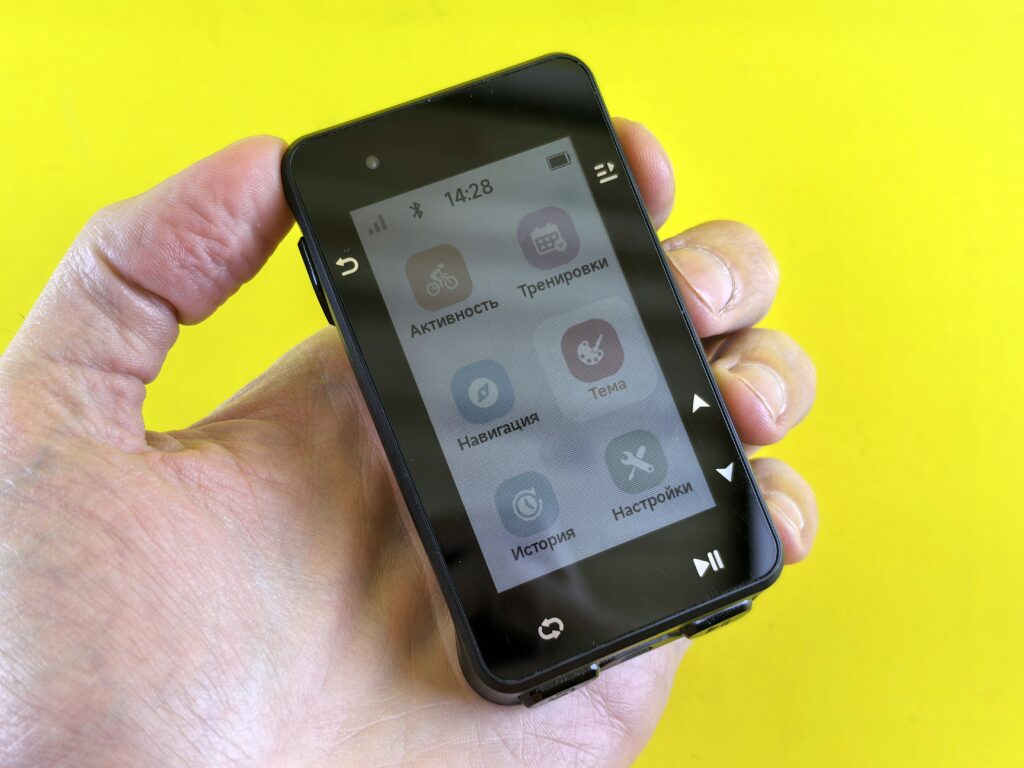For years, the dream of a smartphone that could transform into a tablet has captivated tech enthusiasts. Today, that dream is a tangible reality, and the foldable phone market is blossoming. What started as an experimental endeavor by a few pioneers like Samsung has now evolved into a competitive segment, with brands like Google, OnePlus, Honor, and Huawei introducing increasingly sophisticated and durable designs. The continuous refinement in hinge technology, the resilience of Ultra-Thin Glass (UTG) displays, and the seamless integration of software optimization have significantly enhanced the user experience, making foldables a viable, and for many, a preferable alternative to traditional slab phones.
Reports and leaks consistently point to a busy year for foldable innovation. Samsung, the undisputed market leader, is anticipated to unveil its next-generation Galaxy Z Fold 6 and Z Flip 6, rumored to feature slimmer profiles, improved camera systems, and potentially new display aspect ratios that address prior user feedback. Competitors are not far behind, with devices like the Honor Magic V2 already setting new benchmarks for thinness and lightness, challenging the perception that foldables must be bulky. This fierce competition is a boon for consumers, driving innovation at an unprecedented pace and accelerating the move from novelty to necessity for these cutting-edge gadgets.
Market Insights: Growth Trajectory and Shifting Dynamics
The growth trajectory of the foldable phone market is nothing short of remarkable. According to recent data from Counterpoint Research, global foldable smartphone shipments are projected to continue their double-digit growth, indicating a strong and sustained demand. While still a premium segment, foldables are steadily increasing their share within the high-end smartphone market. This surge is fueled by several factors: maturing technology leading to greater reliability, more diverse form factors appealing to different user preferences, and a gradual reduction in the average selling price (ASP) as manufacturing processes become more efficient and competition intensifies.
Analysts highlight that consumers are increasingly valuing the versatility offered by foldables – from the compact pocketability of a clamshell to the expansive productivity of a tablet-sized screen. Manufacturers are also becoming more adept at marketing these unique selling propositions, moving beyond just the ‘wow’ factor to emphasize practical benefits. For instance, the multi-window capabilities and unique Flex Mode features are opening up new ways for users to interact with their devices, enhancing both work and play. The commitment from major players is evident; as noted by The Verge, despite being niche, the segment is growing quickly, solidifying its place in the mobile future.
Impact on Industry and User Experience
The advent of foldable phones has rippled across the entire tech ecosystem, instigating significant shifts in both hardware and software development. On the hardware front, it has spurred advancements in materials science, leading to more resilient flexible displays, intricate hinge mechanisms that can withstand tens of thousands of folds, and innovative battery designs to power two screens. This drive for miniaturization and durability benefits the broader industry, pushing boundaries for all mobile devices. Developers, too, are adapting, creating apps that seamlessly transition between different screen states and take full advantage of the larger canvas or unique viewing angles offered by folded modes.
For users, the impact is profound. Foldables offer an unparalleled level of adaptability, allowing for a pocketable phone that transforms into a powerful mini-tablet for content consumption, detailed work, or immersive gaming. Features like ‘Flex Mode’ enable hands-free video calls or media viewing, while enhanced multitasking capabilities allow users to run multiple apps side-by-side with ease. This paradigm shift in form factor encourages new interaction patterns and creative uses, promising a more fluid and integrated digital experience. It’s an exciting time to be a smartphone user, witnessing such rapid evolution firsthand.
The Road Ahead: Expert Predictions and Future Innovations
Looking ahead, the future of foldable phones appears incredibly promising. Industry experts predict that as manufacturing costs decrease and technological hurdles are overcome, foldables will become more accessible to a wider audience, eventually becoming a standard form factor within the premium smartphone segment. The next wave of innovation is expected to focus on even greater durability, potentially incorporating self-healing screen materials and more robust water/dust resistance. We might also see the emergence of truly revolutionary form factors, such as rollable screens that extend dynamically, or tri-fold designs offering an even larger display area when fully unfolded.
Moreover, the integration of cutting-edge technologies like under-display cameras and advanced haptics will likely become standard, further refining the aesthetic and tactile experience. As competition continues to heat up, we can expect more brands to enter the foldable arena, driving down prices and increasing feature sets. The journey of foldables from a futuristic concept to a mainstream device is a testament to relentless innovation and consumer demand for more versatile and exciting technology. This ongoing evolution is set to redefine our expectations of what a mobile device can truly be, much like how previous latest gaming GPU advancements pushed the boundaries of visual computing.
In conclusion, foldable phones are no longer just a glimpse into the future; they are here, rapidly maturing, and fundamentally changing how we interact with our mobile technology. With continuous advancements in design, durability, and user experience, these revolutionary devices are set to capture an ever-growing share of the market, offering unparalleled versatility and ushering in a new era of personal computing. The excitement around their potential is palpable, and the next few years promise even more groundbreaking developments in this thrilling segment of the tech world.

